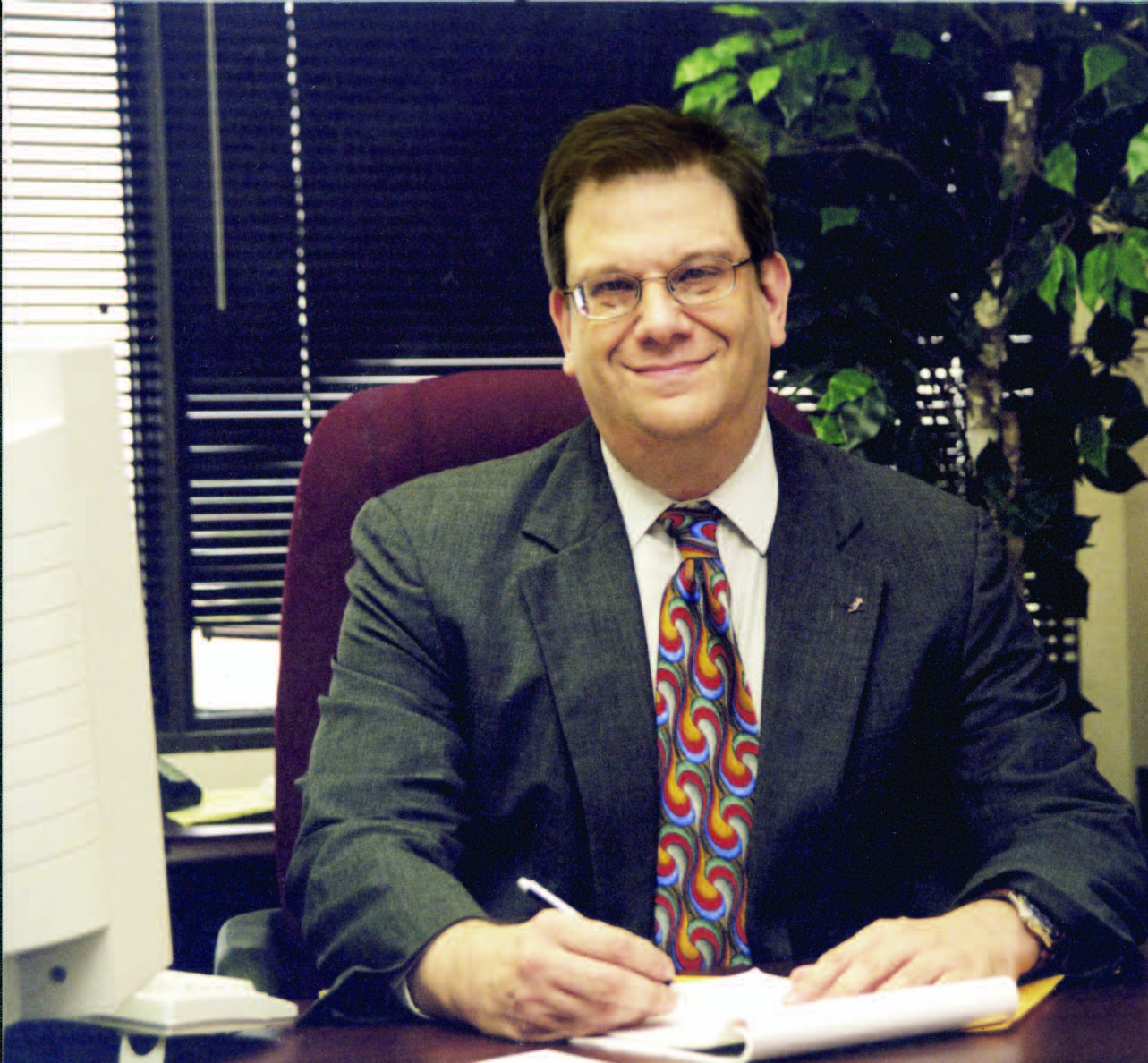May 2009 Vol. 236 No. 5
Editor's Notebook
Editor's Notebook: Ten Years On, Pipeline Safety Much Improved

For two days last month I sat through the API’s stellar pipeline conference in Fort Worth absorbing everything I possibly could on the issue of safety.
Let me tell you that I can’t think of another organization that is more focused on this most critical topic, although the liquids pipelines admittedly had to be dragged kicking and screaming to get to this point where they can literally write the book on operational excellence for safety.
How things have changed in 10 years. That was the message the nearly 400 attendees heard from keynote speaker James E. Hall, the former chairman of the National Transportation Safety Board from 1994-2001 whose job it was to remedy the problem by enacting stronger federal regulation of the pipelines and requiring the industry to do a much better job at policing itself. This was in the aftermath of the Olympic pipeline tragedy that left three teens dead in Bellingham, WA and sent shockwaves the industry will never forget; the El Paso Natural Gas pipeline explosion that killed 12 campers near Carlsbad, NM and Colonial Pipeline’s Reedy River incident.
Each of these episodes created embarrassing headlines and anguish to their operators. Perhaps the best example of the “new” pipeline industry was Colonial Pipeline where the board brought in new upper-level management with the mandate that another Reedy River would never again happen.
The people who plan the API pipeline conference also got the message. One of the most popular meetings at the API conference is the President’s Roundtable in which several executives discuss the challenges and opportunities their companies face in operating hazardous liquids pipelines. During their 90-minute discussion, Tom Bannigan of Kinder Morgan Energy Partners, Deborah Fretz of Sunoco Logistics Partners and James Lamanna of BP Pipelines, NA offered a primer on pipeline safety for everyone from the CEO to the field crews.
All agreed that the message must start at the top and be unmistakably clear: “We can’t afford an incident.”
“We have people spread all over which creates difficulty in getting the message out,” Fretz said. “If you want your safety message to get out, you’ve got to keep at it all the time, in every way you can ,until your message is totally disbursed.”
During this recessionary period of tightened budgets, it’s also vital to avoid sending out any mixed messages, Bannigan added. Kinder Morgan and BP have had to deal with serious safety-related incidents in recent years.
“Our customers and owners expect us to be more efficient but sometimes people think it means backing off – by taking our eyes off the ball. No one wants an accident, but because of today’s uncertainty, people are concerned we’re going to change. We’ll be more efficient and choose programs more carefully but we will do nothing to interfere with safe and reliable operations. We need to communicate from the top to the bottom of the organization that we are not compromising safety,” said Bannigan, who often makes field trips to impress on employees the importance of safety.
Whenever a safety incident is reported. Bannigan said he meets with the worker involved and the manager to assess what happened and why. It’s meant as a learning experience, not punishment. Fretz said she also receives a report on any incident.
Lamanna said his office gets a recap of any incidents as well as successes every week. He agrees that sending out a mixed message is tantamount to asking for an incident.
“It’s critical that we run our business without any incident. We’ve been meeting with group after group after group and we’re starting to get there – no reportable incidents – because people believed they could do it,” he said.
I’m barely scratching the surface on the priority that pipeline companies place on safety. In hindsight one always wonders why it hasn’t always been so. It’s unfortunate that it took the Bellingham explosion to wake the industry up, but that it has and that there is no going back was made undeniably clear by Hall and the API speakers. With a younger workforce on the horizon, that message bears repeating again and again.





Comments